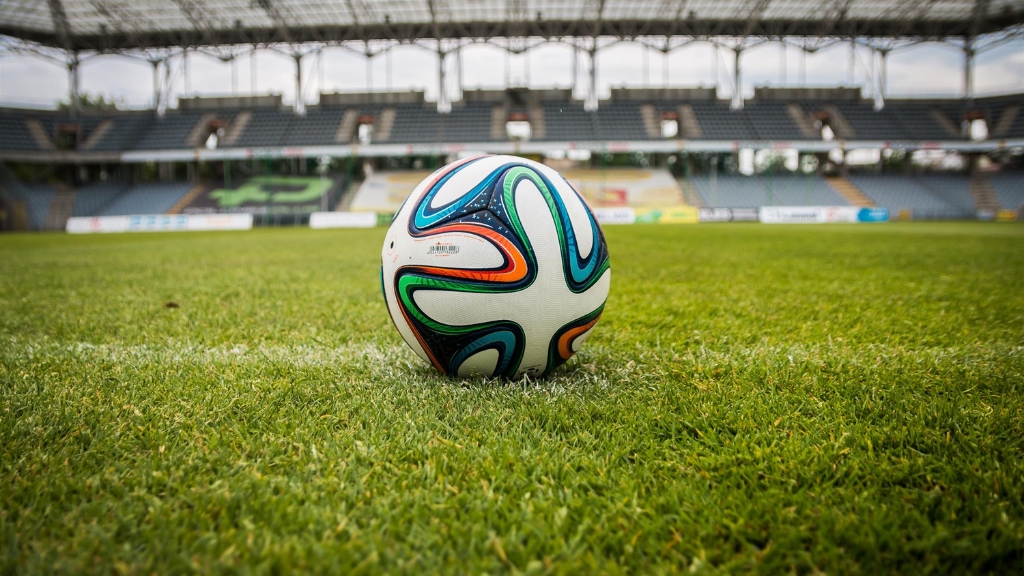The Evolution of Athlete Training
Athlete training has transformed drastically over the years, thanks to technological advancements and innovative techniques.
From Traditional Methods to Modern Techniques
In the past, training primarily focused on basic exercises and coach observation. Traditional methods relied on manual tracking, which could be inaccurate and time-consuming.
Athletes used standard equipment like weights and running tracks. Coaches had to depend on their experience and subjective judgment to guide athletes.
Modern techniques integrate advanced tools and data analytics. Wearable devices collect real-time performance data, such as heart rate and movement patterns.
Training programs now include precision exercises based on specific performance metrics. Digital platforms facilitate thorough monitoring and adjustments, leading to more personalized training regimens.
The Role of Technology in Modern Training
Technology plays a pivotal role in contemporary training programs. AI-driven platforms analyze data to create customized workout plans.
These plans adapt in real-time, considering factors like muscle fatigue and performance outputs.
Virtual reality (VR) simulations offer immersive training environments, helping athletes practice scenarios without physical strain.
GPS technology tracks movement patterns and speed. Wearables help monitor hydration levels, sleep quality, and recovery rates. High-speed cameras provide detailed biomechanical analysis.
Coaches use this data to fine-tune techniques, reduce injury risks, and enhance overall performance. T
he integration of technology in athlete training exemplifies a significant evolution from traditional methods, making training more precise and effective.
Breakthrough Technologies in Sports Training
Recent advances in technology have dramatically reshaped sports training, improving precision, reducing injuries, and enhancing performance.
The integration of wearable devices such as:
- Virtual reality
- Augmented reality systems marks pivotal changes
Wearable Devices and Performance Metrics
Wearable devices offer real-time performance data, enabling precise analysis and personalized training.
These devices measure various metrics such as:
- Heart rate
- Speed
- Distance
For example, fitness trackers monitor vitals during workouts, helping athletes adjust intensity levels. Smartwatches and chest straps track cardiovascular metrics, facilitating optimized training zones.
Athletes benefit from biomechanical sensors, which analyze movement patterns. These sensors provide insights into posture and technique, helping to prevent injuries.
Coaches use this data to customize regimens that enhance performance. Smart clothing embedded with sensors monitors muscle activity, ensuring balanced workouts and reducing fatigue risks.
Virtual Reality and Augmented Reality Systems

- Virtual Reality (VR) and Augmented Reality (AR) systems create immersive training environments, simulating real-world scenarios.
- VR systems offer controlled environments for skill rehearsal.
- VR headsets allow athletes to practice responses to various game situations, improving cognitive and physical performance.
- AR systems enhance real-world training with digital overlays. Athletes use AR glasses to view real-time data during activity.
- These systems provide immediate feedback on posture and technique, facilitating swift adjustments.
Coaches develop augmented drills that integrate with live performance metrics, promoting targeted training.
Breakthrough technologies like wearable devices, VR, and AR redefine how athletes train.
They bring a level of precision and customization previously unattainable, optimizing performance and minimizing risks.
Impact of Advanced Technologies on Training Outcomes
Advanced technologies revolutionize athlete training by delivering more precise performance data and customizable programs.
Enhanced Accuracy in Performance Tracking
Precision defines modern performance tracking. Wearable devices, such as accelerometers, heart rate monitors, and GPS trackers, offer exact data on an athlete’s speed, distance, and heart rate variability.
For example, GPS trackers can provide route details, while accelerometers can measure movement intensity.
The use of AI in analyzing this data enhances the accuracy of performance evaluations, allowing athletes to pinpoint areas needing improvement.
Personalized Training Programs
Customization drives effective training. Utilizing data from wearable devices and software, personalized training programs cater to individual needs.
For instance, heart rate monitors can guide intensity adjustments, and motion sensors can refine techniques.
Virtual reality (VR) and augmented reality (AR) create interactive training environments, offering real-time feedback on posture and form.
These tailored programs help athletes reach their peak performance by focusing on their specific strengths and weaknesses.
Challenges and Considerations
While technology elevates athlete training regimens, it brings its own set of challenges and considerations.
Integration with Conventional Training Methods
Modern technology must integrate smoothly with traditional training methods to be effective. Balancing digital feedback from devices with established coaching techniques is essential.
If coaches and athletes rely too heavily on technology, the foundational skills might be overlooked.
For example, while wearable devices provide precise performance metrics, coaches still need to teach fundamental techniques and values.
Ensuring both high-tech and low-tech methods work together helps maintain a well-rounded training approach.
Ethical and Privacy Concerns
Using advanced technologies raises ethical and privacy issues. Athletes’ data from wearable devices and other tech must be protected.
Unauthorized access to personal metrics can lead to privacy breaches.
For instance, GPS trackers collect location data that could be misused. It’s crucial to implement stringent security measures to safeguard this sensitive information.
Additionally, ethical considerations arise when monitoring performance, as constant surveillance might create undue pressure on athletes.
Balancing the benefits of technology with these ethical considerations ensures a respectful and safe training environment.


 is a key contributor to Luck Lounge Land, bringing her expertise in psychology and behavioral analysis to the platform. Her work focuses on the psychological aspects of gambling, helping users understand player motivations and decision-making processes. Morgana’s well-researched articles make her a respected voice in the community.
She also contributes to the site's 'Game Theory Academy,' developing modules on strategic thinking. Outside of her professional work, Morgana enjoys studying the latest trends in casino games and behavioral research. Her passion for the field and engaging writing make her a valuable asset to the Luck Lounge Land team.
is a key contributor to Luck Lounge Land, bringing her expertise in psychology and behavioral analysis to the platform. Her work focuses on the psychological aspects of gambling, helping users understand player motivations and decision-making processes. Morgana’s well-researched articles make her a respected voice in the community.
She also contributes to the site's 'Game Theory Academy,' developing modules on strategic thinking. Outside of her professional work, Morgana enjoys studying the latest trends in casino games and behavioral research. Her passion for the field and engaging writing make her a valuable asset to the Luck Lounge Land team.
